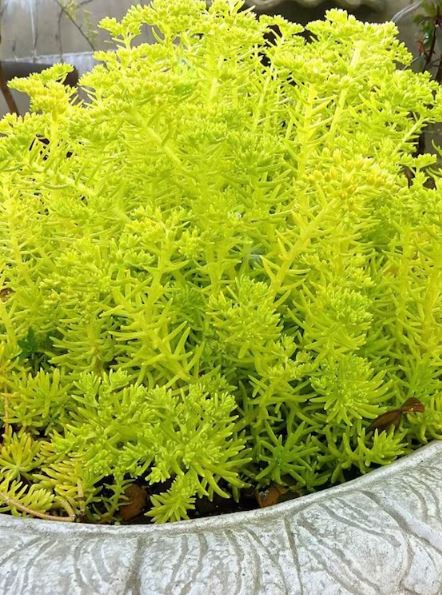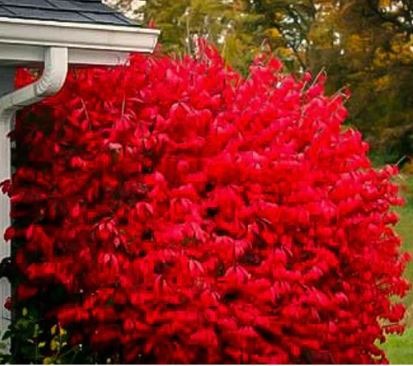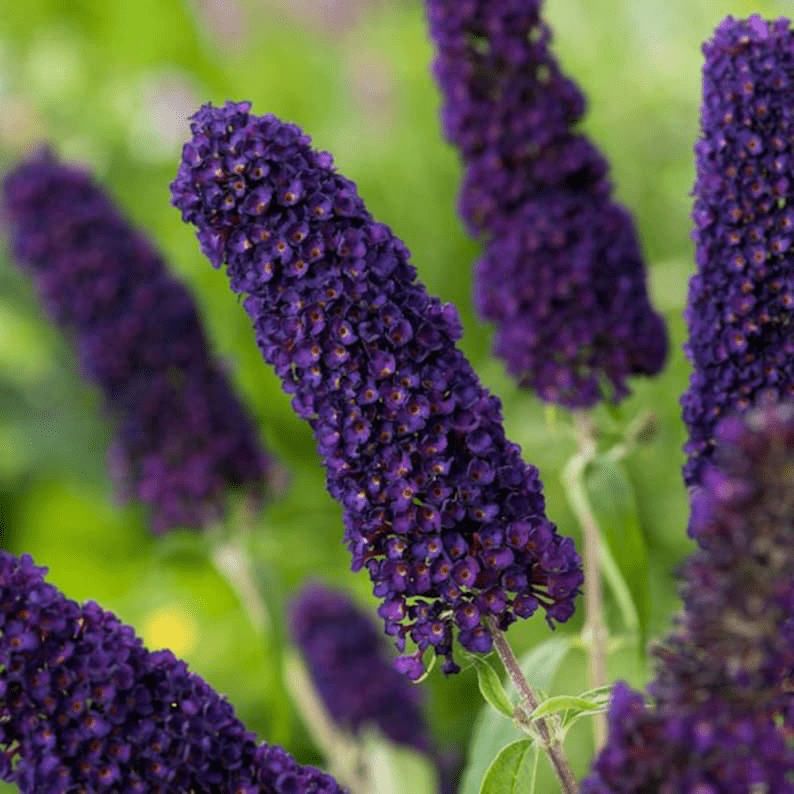mygardenchannel
Check Out Our New Online Plant Shop!
Introduction
The Lemon Balls plant, also known as Leptospermum brachyandrum, is a fascinating and visually striking addition to any garden. With its vibrant lemon-yellow spherical flowers and aromatic foliage, this plant is sure to catch the attention of both seasoned gardeners and novices alike. In this blog post, we will explore the key features, growing requirements, and potential uses of the Lemon Balls plant.
Key Features:
The Lemon Balls plant is characterized by its compact growth habit and small, rounded leaves that emit a refreshing lemon fragrance when crushed. The plant typically reaches a height of about 3 to 6 feet, making it a versatile choice for various garden settings. Its abundant flowers, which bloom in late spring or early summer, are a true showstopper. The lemon-yellow blossoms are densely packed into spherical clusters, creating a stunning visual display.
Growing Requirements:
To ensure the optimal growth and health of your Lemon Balls plant, it is important to provide the right growing conditions. This plant thrives in full sun to partial shade, making it suitable for a wide range of garden locations. Well-draining soil is essential, as the plant is sensitive to waterlogged conditions. Regular watering is necessary, especially during dry periods, to keep the soil moist but not overly saturated.
Maintenance:
The Lemon Balls plant is relatively low-maintenance, making it a great choice for busy gardeners. Pruning can be done in early spring to maintain its desired shape and size. Regularly removing dead or damaged branches will promote healthy growth and overall appearance. Additionally, applying a slow-release fertilizer in spring will provide the necessary nutrients for optimal flowering.
Potential Uses:
Beyond its aesthetic appeal, the Lemon Balls plant offers various potential uses in the garden landscape. Its compact size and rounded shape make it an excellent choice for hedges, borders, or container gardening. The lemon fragrance emitted by its foliage adds an extra sensory element to your garden, making it a delightful choice for sensory gardens or areas near outdoor seating. The abundant flowers also attract pollinators, such as bees and butterflies, helping to support local biodiversity.
Care Guide
1. Light Requirements
Lemon Balls plants thrive in bright, indirect light. While they can tolerate some shade, they prefer at least six hours of sunlight per day. If growing indoors, place your Lemon Balls plant near a window that receives ample sunlight. Avoid exposing it to direct sunlight, as this can scorch the delicate foliage.
2. Watering
Proper watering is crucial for the health of your Lemon Balls plant. It is important to keep the soil moist but not waterlogged. Water your plant when the top inch of soil feels dry to the touch. During hot summer months, you may need to increase the frequency of watering to prevent the soil from drying out completely.
3. Soil Requirements
Lemon Balls plants prefer well-draining soil with a slightly acidic to neutral pH. A mix of regular potting soil and perlite or sand can help improve drainage. Avoid using heavy clay soils that can retain excessive moisture, as this can lead to root rot.
4. Temperature and Humidity
These plants are hardy in USDA Zones 4-9 and can withstand temperatures as low as -30°F (-34°C). They prefer moderate temperatures between 50-75°F (10-24°C). Lemon Balls plants also appreciate higher humidity levels, especially during the hot summer months.
5. Fertilization
To promote healthy growth and vibrant foliage, fertilize your Lemon Balls plant once every two weeks during the growing season. Use a balanced liquid fertilizer diluted to half the recommended strength. Avoid over-fertilizing, as this can lead to excessive leaf growth and a less compact plant.
6. Pruning and Maintenance
Lemon Balls plants are generally low-maintenance, but occasional pruning can help maintain their compact shape. Trim back any dead or damaged foliage, as well as any overly long stems. This will encourage new growth and ensure a tidy appearance.
7. Propagation
These plants can be propagated through division or by taking stem cuttings. To divide your Lemon Balls plant, carefully dig up the entire plant and gently separate the clumps. Replant each division in a separate pot or desired location. For stem cuttings, take 2-3 inch (5-7.5 cm) cuttings from healthy stems, remove the lower leaves, and place them in a well-draining potting mix. Keep the soil moist and provide indirect light until roots develop.
Do they Grow flowers?
Yes, it does produce flowers. It is a flowering plant that belongs to the Crassulaceae family. During the flowering season, which is typically in late spring to early summer, you can expect to see small star-shaped flowers in various colors, such as yellow, gold, or yellow-orange, depending on the variety.
The flowers of Sedum rupestre can attract pollinators like bees and butterflies and add an attractive element to the plant’s overall appearance. After the flowering period, the plant may produce small seed heads that add further interest to the landscape.
It’s important to note that some sedum species, including Sedum rupestre, are valued not just for their flowers but also for their colorful and fleshy leaves, which can have interesting shapes and shades, adding beauty to rock gardens, containers, and landscape borders





